What impact will the gravel tracks have on Gent-Wevelgem?
A recon of the 'Plugstreets' that Lefevere says will have race founders turning in their graves
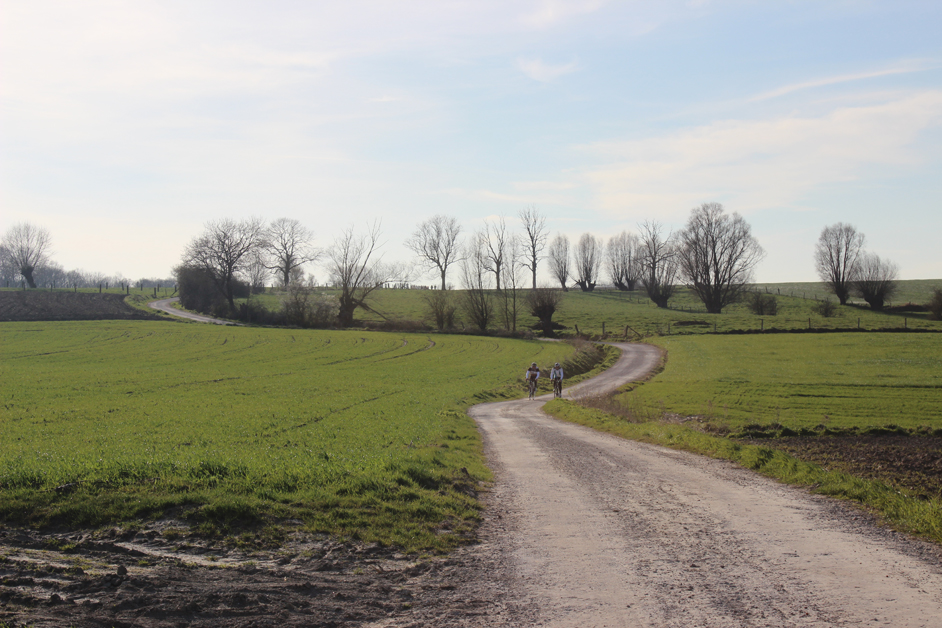
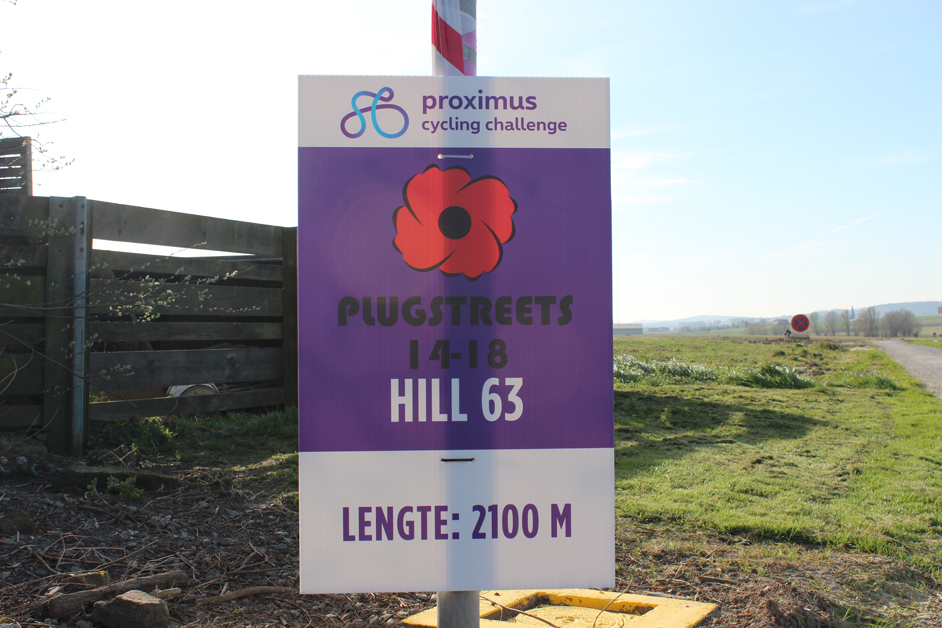
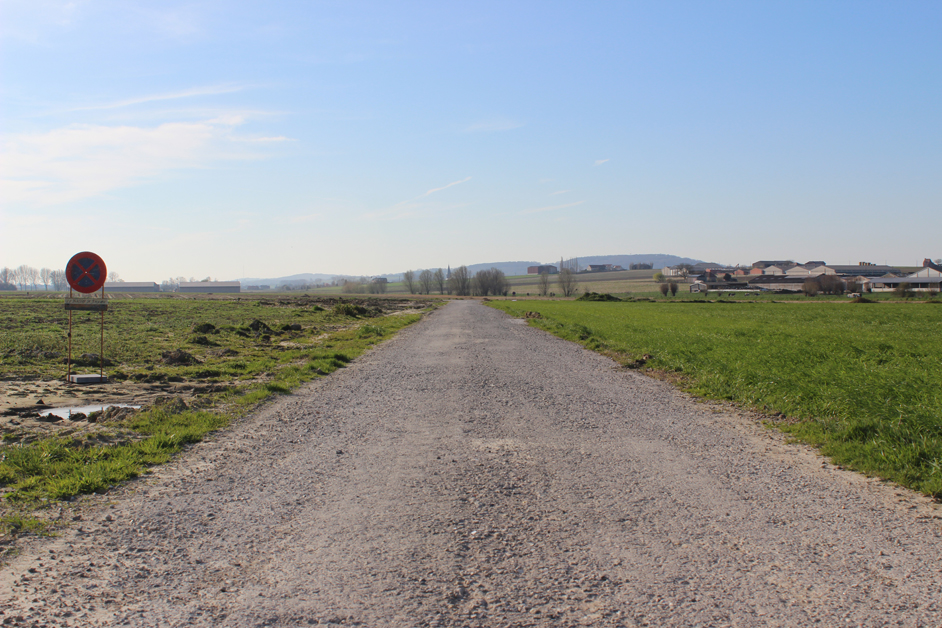
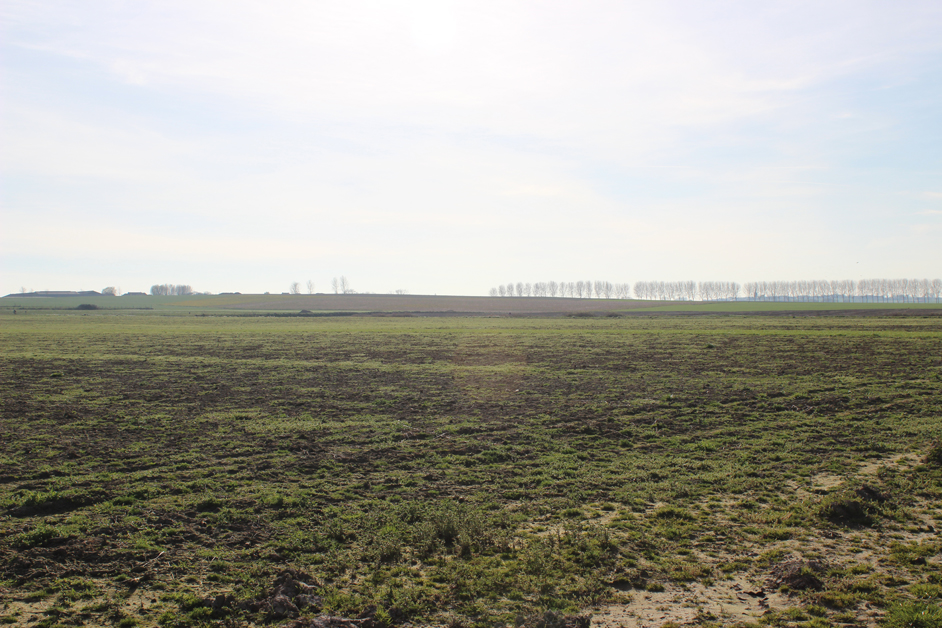
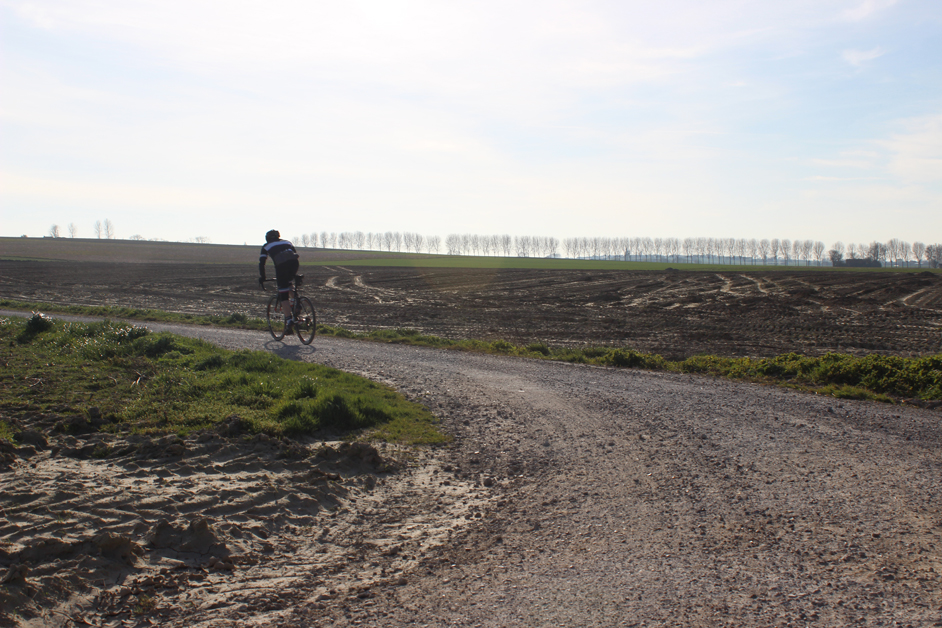
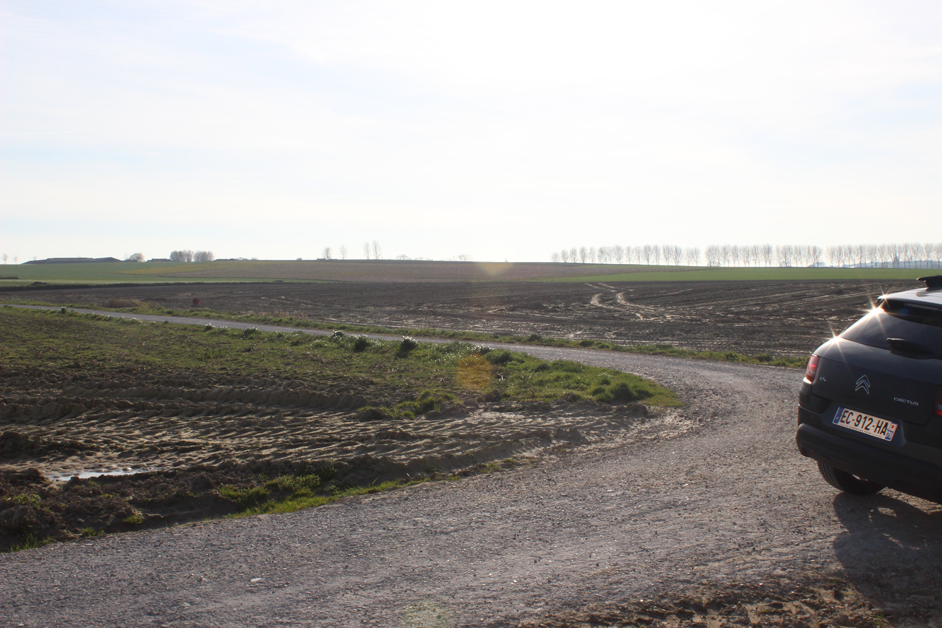
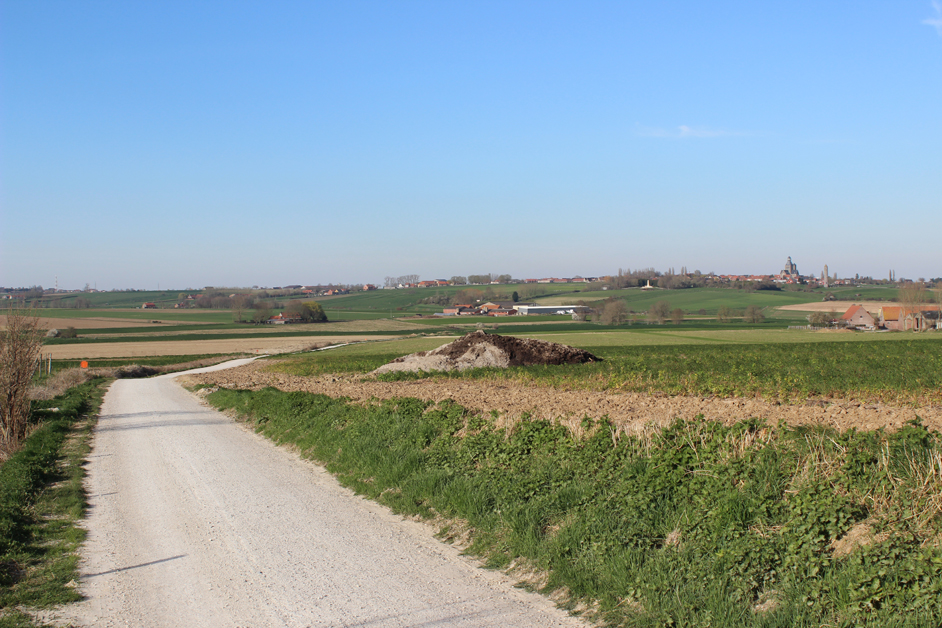
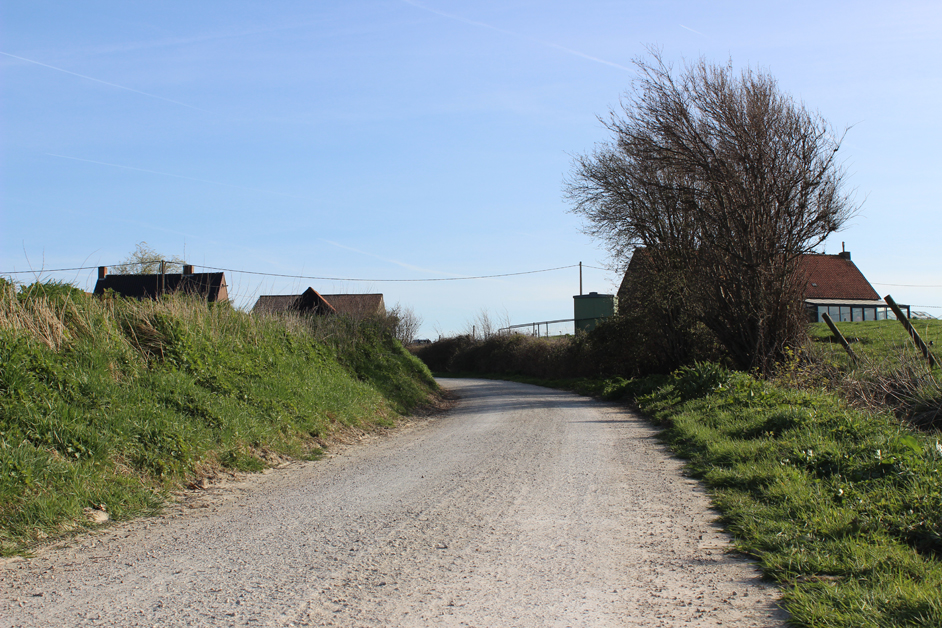
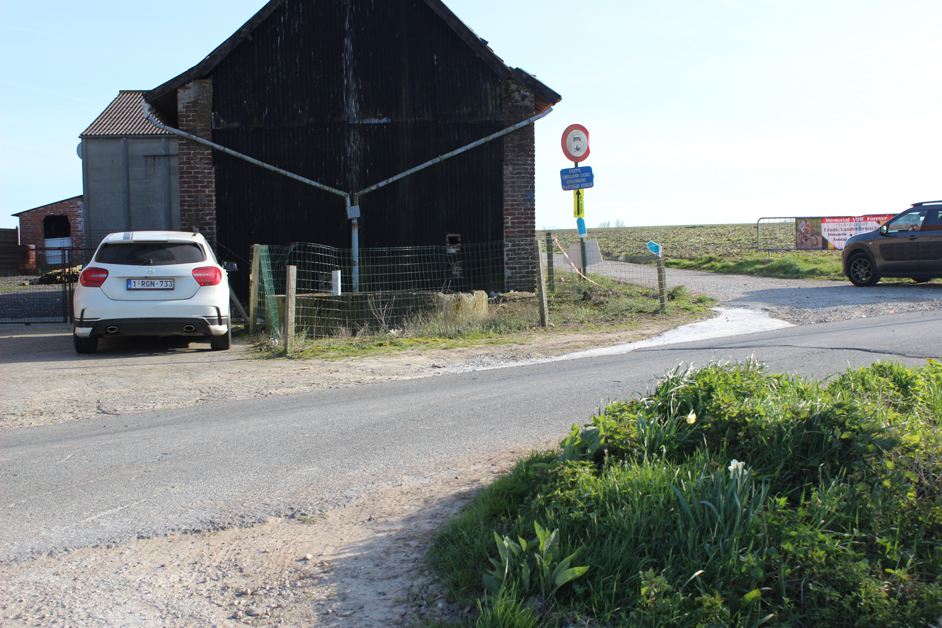
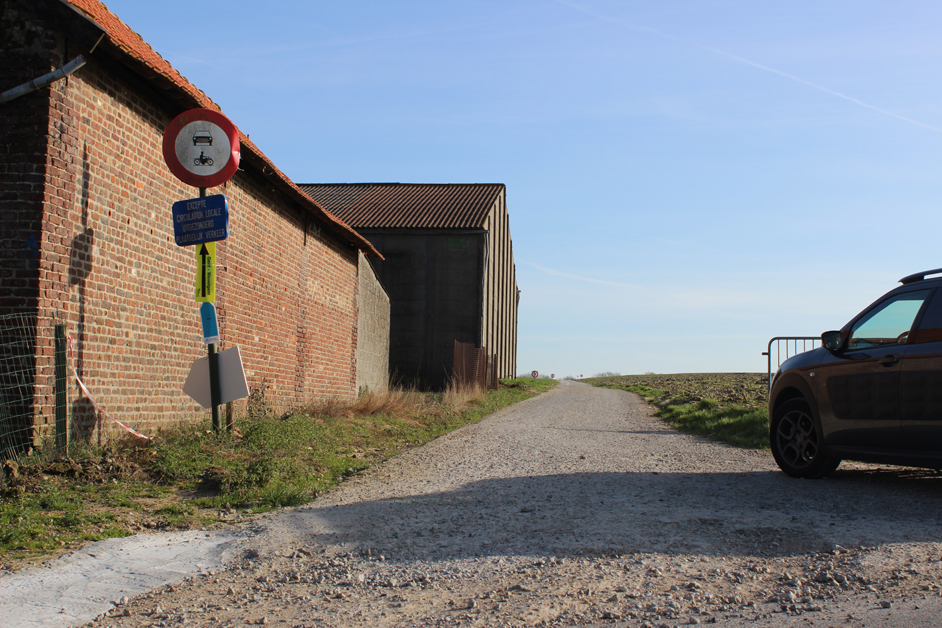
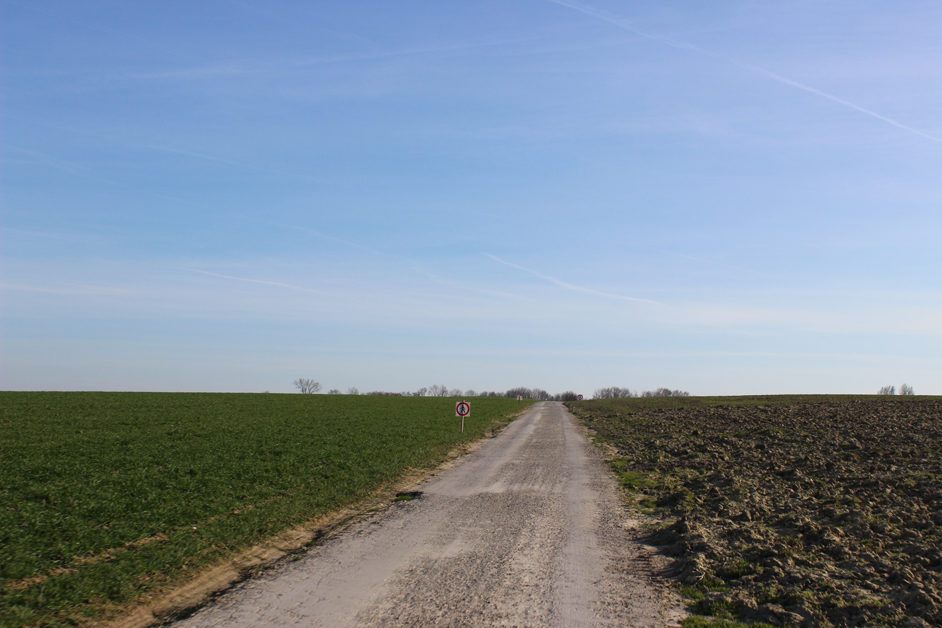
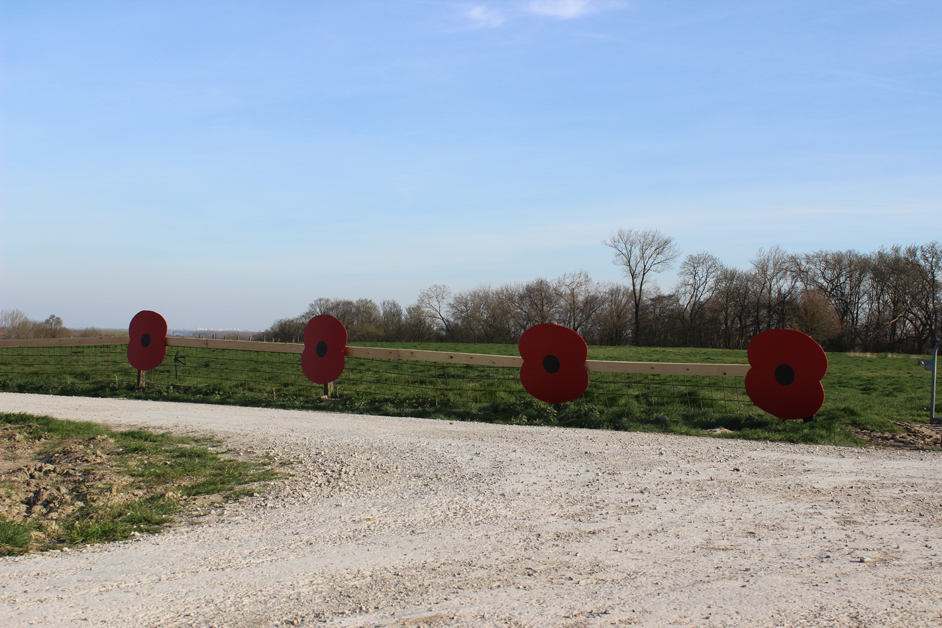
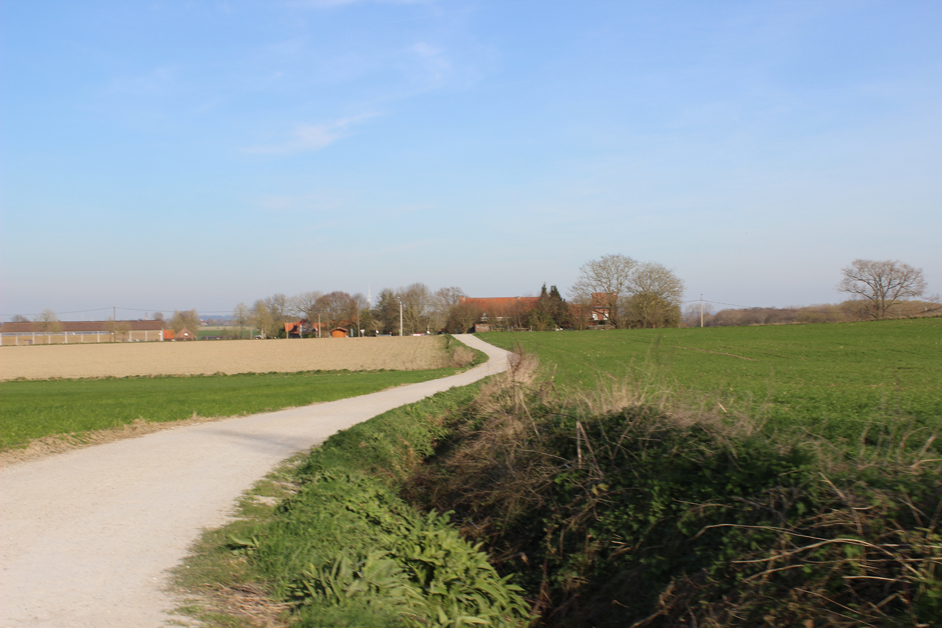
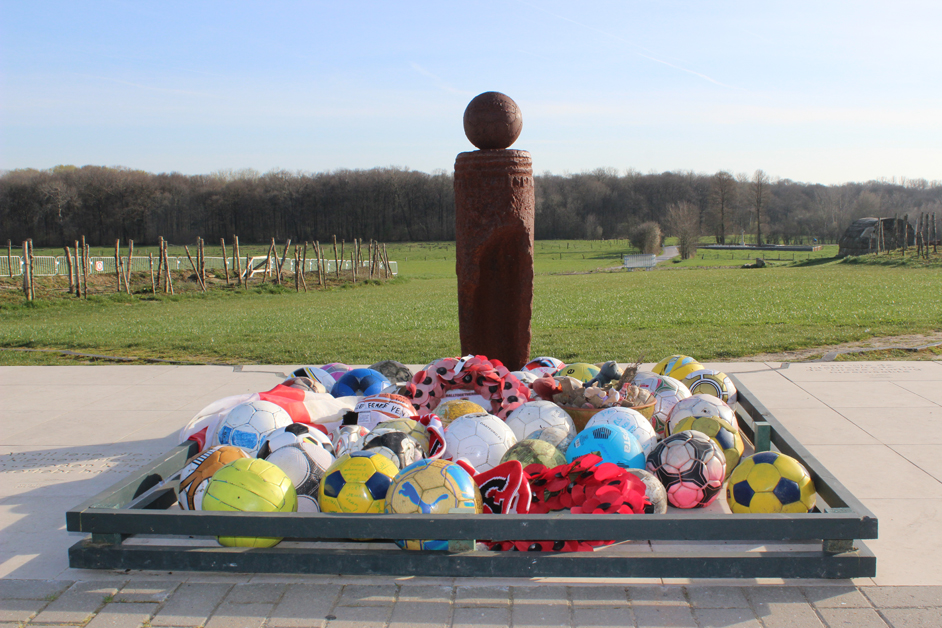
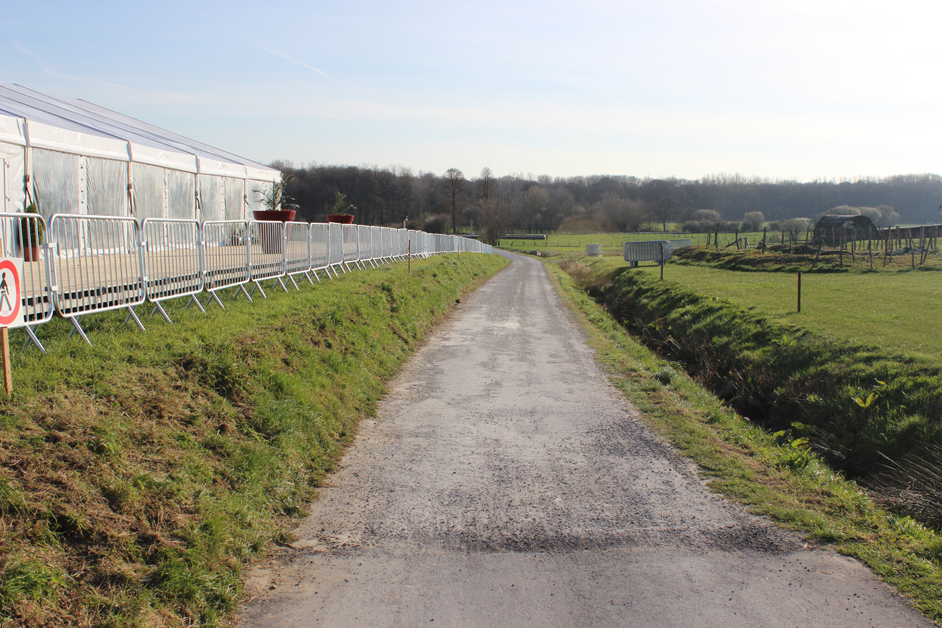
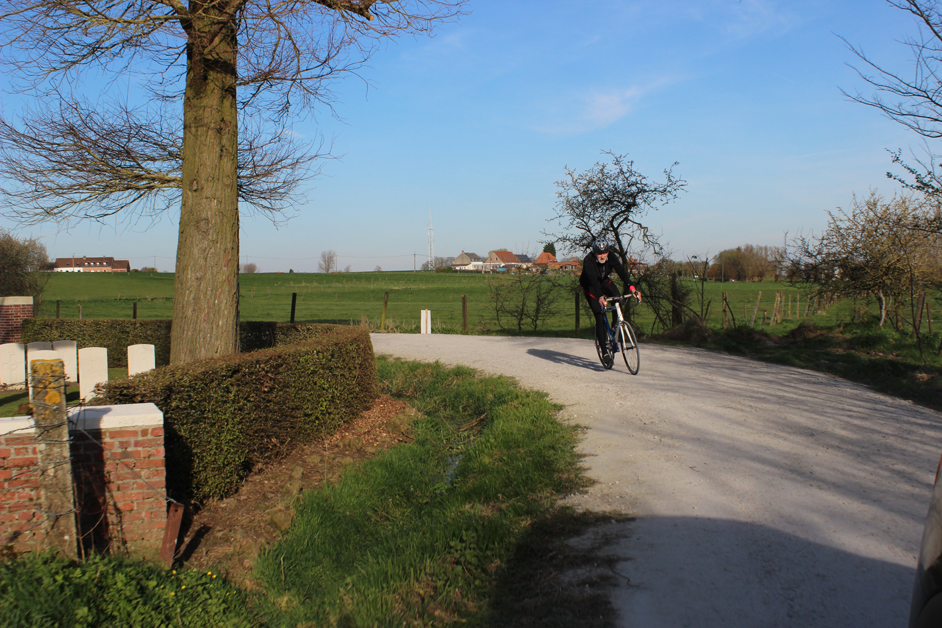
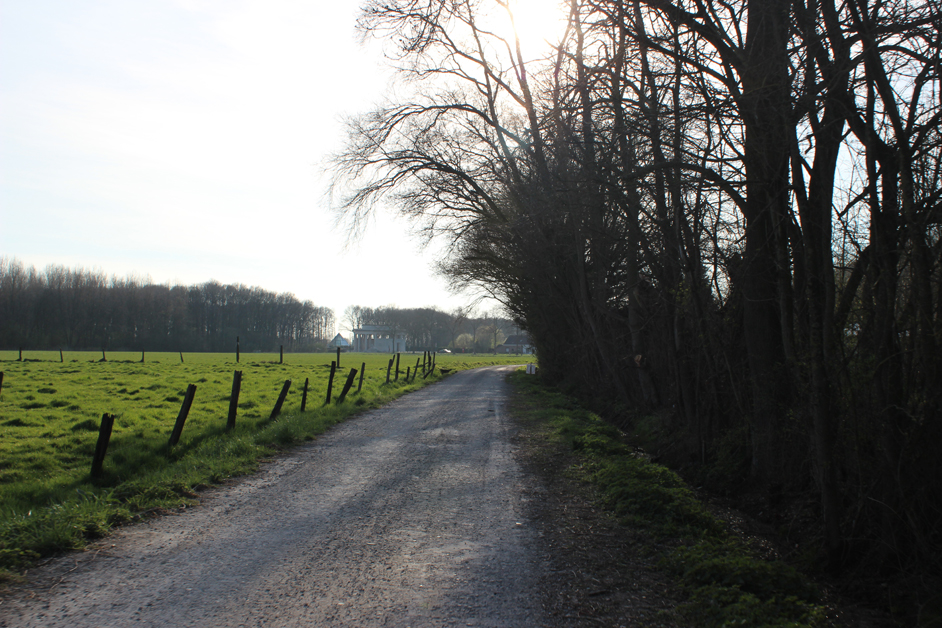
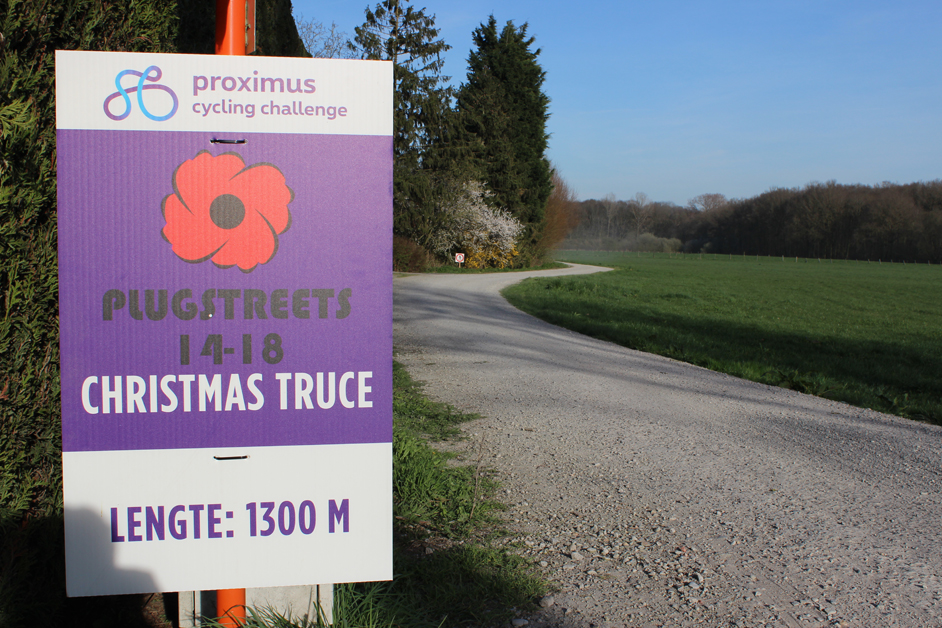
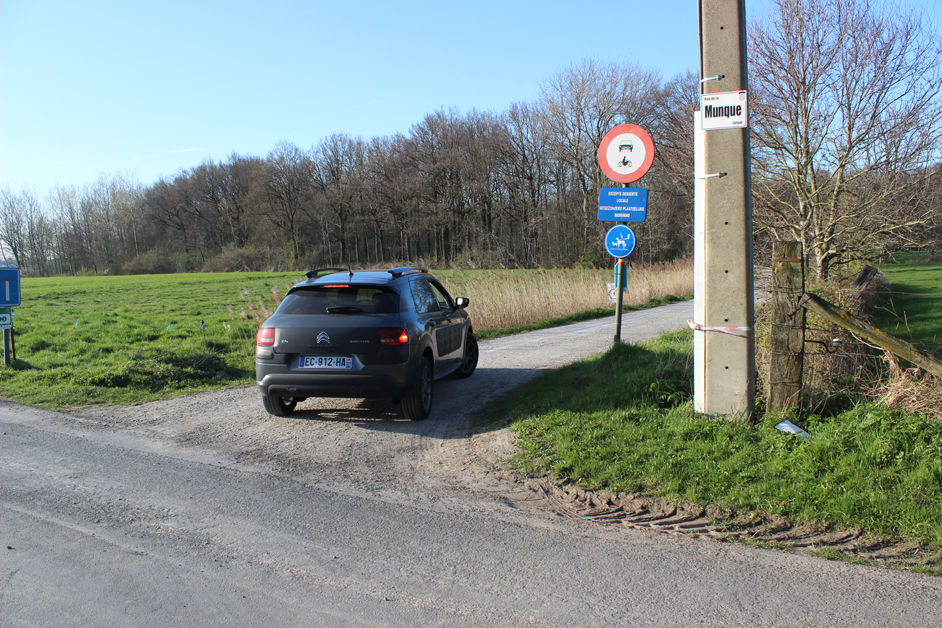
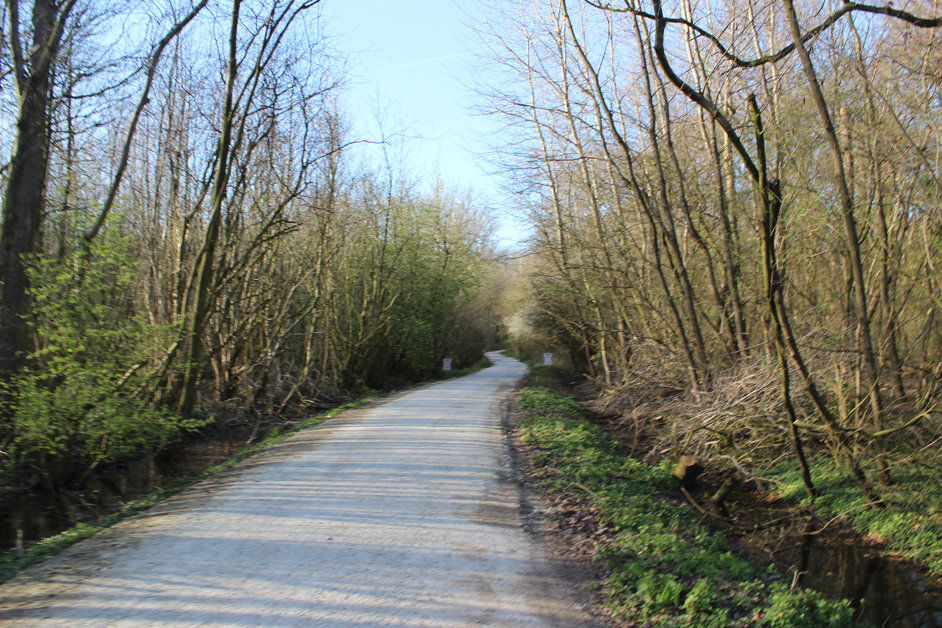
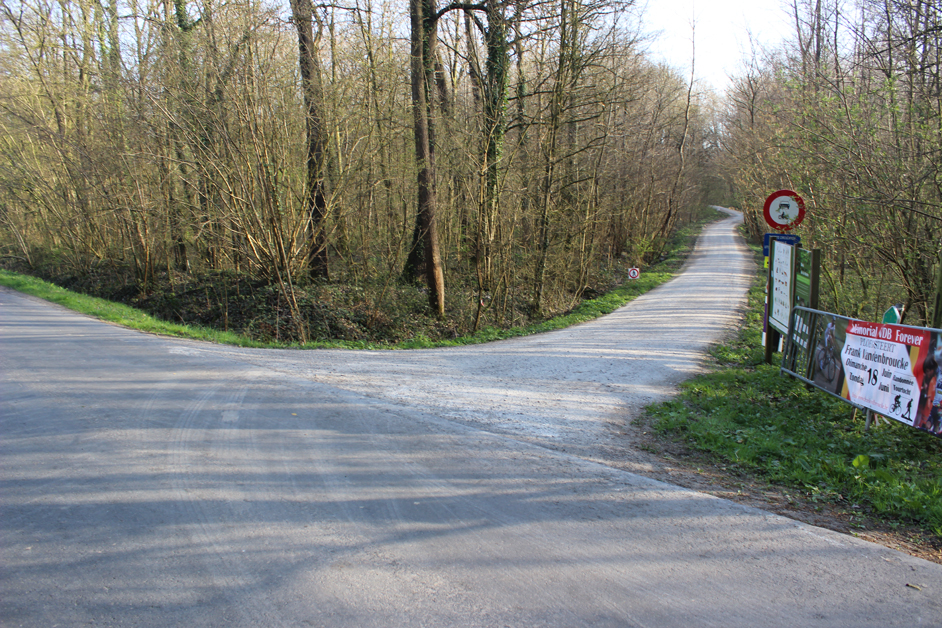
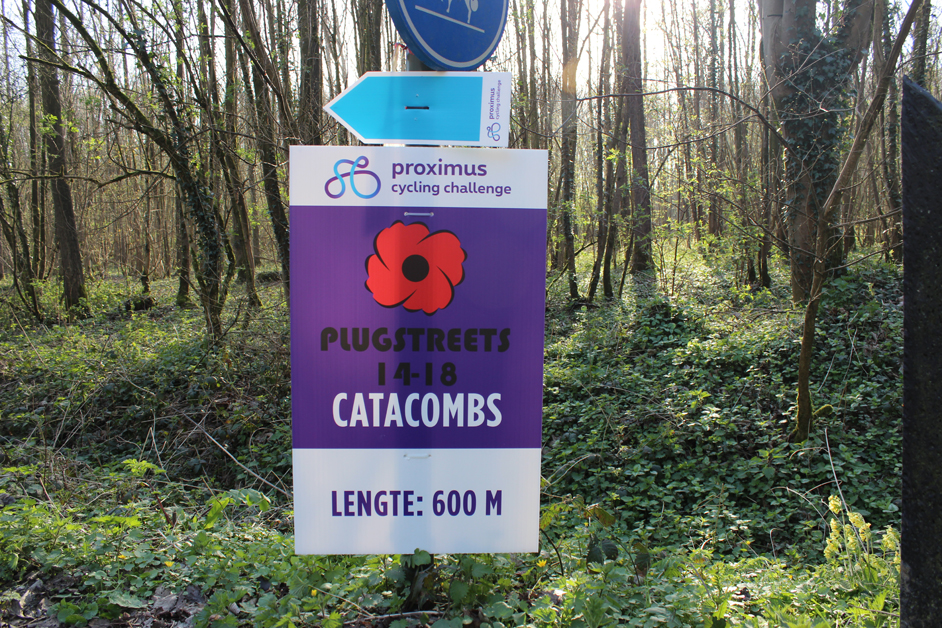
The founders of Gent-Wevelgem will be turning in their graves, suggested Quick-Step Floors manager Patrick Lefevere on Friday, when asked what he thought of the decision to introduce four kilometres of gravel roads for Sunday's 79th edition of the race.
Gent-Wevelgem pays tribute to First World War with 2017 route
Gent-Wevelgem skips race number 192 in honour of Demoitie
Recon Ride: E3 Harelbeke and Gent-Wevelgem - Podcast
Gent-Wevelgem 2017 race preview
Roelandts and Debusschere give Lotto Soudal options for Gent-Wevelgem
Boonen and Gaviria headline Quick-Step's Gent-Wevelgem line-up - News shorts
The so-called 'Plugstreets' have been labeled a tribute to the lives lost in the First World War, with the tracks winding through some of the battlefields and sites of trench warfare below Ypres near the French border. In fact the race will pass by the the site where British and German soldiers were said to have played football together in no-man's land during the Christmas Truce of 1914.
Gent-Wevelgem, which carries the tag 'In Flanders Fields' has sought to align itself with the First World War, especially in the last few centenary years, but Lefevere and others believe changing the course in such a way is a step too far.
"The riders must rebel, otherwise it will never end. This has nothing to do with road racing," Lefevere told Belgian newspaper Het Nieuwsblad, echoing the words of Jan Bakelants, who had said on television: "One Strade Bianche is enough.
"Suppose the peloton stays together and a group of 150 riders has to fit through the narrow roads of a car's width," added Lefevere. "Is that what the organisers want to see? I think [co-founder] Georges Matthys will be turning in his grave. This is completely ridiculous."
Herman Frison, directeur sportif at fellow Belgian team Lotto Soudal, feels the move represents an unnecessary assault on the identity of the race. "It is characterised by the wind, the passage to De Moeren, and of course the Kemmelberg," he said. "That is what Gent-Wevelgem is all about."
With the Plugstreets causing a stir, Cyclingnews drove out to that part of the course on Saturday, the eve of the race, to get a first-hand look at the roads and to assess the impact they might have on the race.
Get The Leadout Newsletter
The latest race content, interviews, features, reviews and expert buying guides, direct to your inbox!
Before taking a detailed look, here are the basics. There are three sectors of the rough stuff, totalling four kilometres of pure gravel. However, there isn't much apart from narrow but tarmacked road in between, and the organisers have it down as a 5.2km portion of the course. It all comes with around 60km of the 249km remaining, and 'plugs' the 30km gap between the first and second ascents of the Banenberg and Kemmelberg.
Sector 1: 2100m
The first sector is clearly the most critical of the three. Riders come off a wide main road, taking a 90-degree right-hander onto a narrow lane before the gravel begins 100 metres or so further on. The race may have split up by that point but if there's a large bunch then the fight for position going into that bend will be intense.
As soon as the gravel starts, the path is exposed, with a heavy crosswind blowing on the Saturday. After 100 metres or so there's a 90-degree left-hander and from there the road rises gradually before a right-left chink takes them through another patch of farmland, where the surface is marginally better for a brief stretch. Another tight left-hander, in front of a row of poppy emblems, leads the riders through a snaking but gently downhill stretch, with barbed wire fencing on the right-hand side a gentle reminder of the price of a moment's misjudgment.
The surface (if dry) is actually pretty decent and not a huge danger in and of itself, though the length of this sector, combined with the significant drag and the exposure to the winds, make it a key flashpoint of the race, where splits will occur.
Sector 2: Christmas Truce – 1300m
The first sector ends back at the aforementioned main road, and the riders head straight over it and down a narrow road towards the second sector, passing the memorial to the Christmas ceasefire.
With a pile of footballs placed between two preserved trenches, it's a moving spot, but the riders will have no time to dwell on it all as they immediately take another tight 90-degree right-hand bend into the second sector, named Christmas Truce.
It runs gently downhill until a right-hand bend, and after that it's flat and pretty straightforward, with the hill on one side and the forest on the other providing protection from the wind. The surface is much the same as the first sector. There's a kick up off onto the main road again and a short stretch before another right-hander that leads onto the narrow road that precedes the third and final sector.
Sector 3: Catacombs – 600m
Another tight 90-degree right-hand bend leads onto the third sector but there's little in the way of difficulty here. It's flat, relatively straight, and is once again gravelly without being too sketchy. With a thick layer of trees on either side, the wind won't be a factor, and in any case it's all over after just 600 metres.
Conclusion
This is certainly more than just a WW1 tribute; it is a move that will have an impact on the complexion of the race. As Lefevere alluded to, it's the narrowness of the roads and the tightness of the bends that are arguably more significant than the attention-grabbing fact that it's gravel beneath the tires.
Will it change the identity of the race, or indeed decide it? Probably not, since there's far rougher stuff at the cobbled sectors, much steeper stuff at the climbs, and more than a few pinch points elsewhere on the course.
Its positioning is interesting, though, nestled between the two ascents of the Kemmelberg, and it's worth noting that the end of the plugstreets is not the end of the story, with the 10 kilometres before the Banenberg (just before the second Kemmelberg) run mainly on very narrow – and at times exposed – roads. Indeed, the race could head for the climbs via a much easier and direct route, but it throws in a couple of gratuitous loops on narrow roads with tight bends. All told, what looks on paper like a relatively benign 30km gap between the two Kemmels is far from as simple as it seems.
If the race has split by the first ascent, those interested in a sprint won't have much chance of regaining a grip on proceedings until after the second ascent, by which point time is against them. If the main favourites are all together, there'll be an almighty fight for position in the run-in to the first sector and, while the second two aren't overly fearsome, it wouldn't be a surprise – especially weather conditions align – to see decisive splits.
Either way, Gent-Wevelgem's status as the sprinter's classic had already been wearing thin in recent years, and this blurs the lines still further.
Patrick is a freelance sports writer and editor. He’s an NCTJ-accredited journalist with a bachelor’s degree in modern languages (French and Spanish). Patrick worked full-time at Cyclingnews for eight years between 2015 and 2023, latterly as Deputy Editor.
